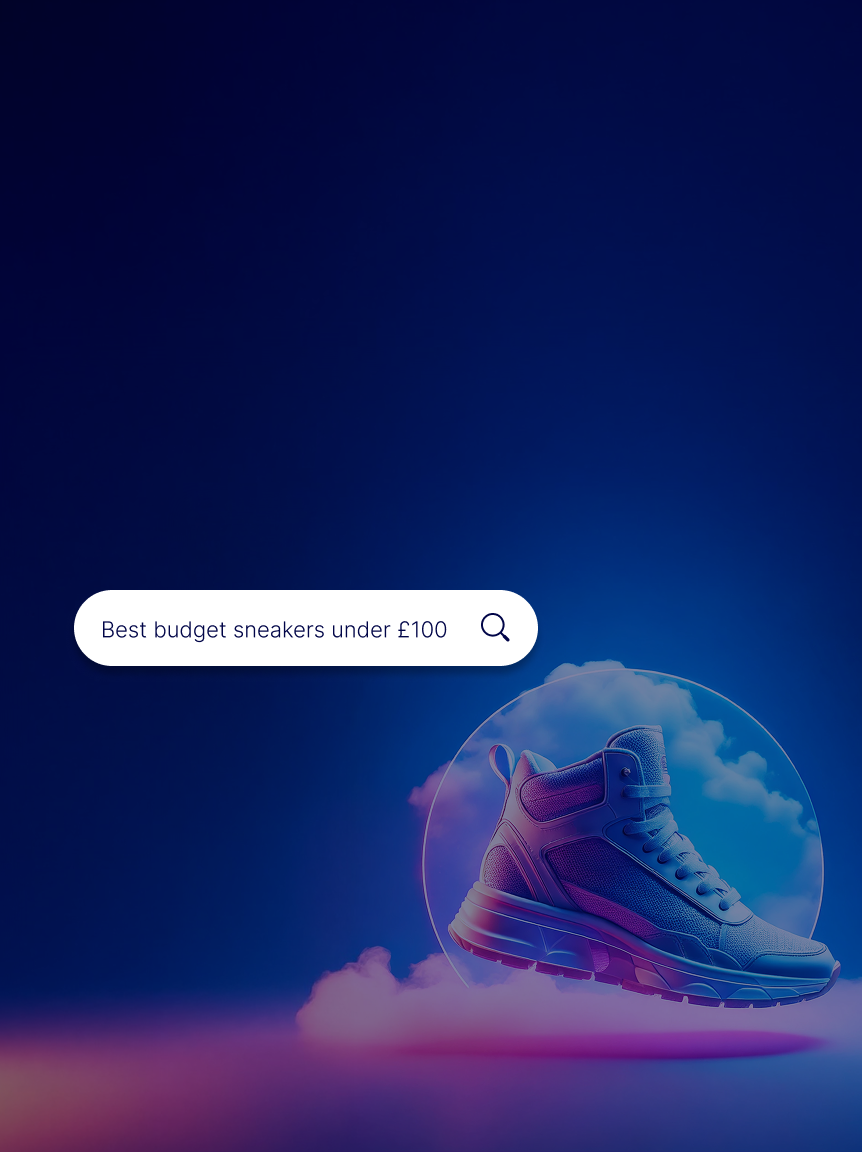A recent survey of 1,000 UK online consumers conducted by The Pixel reveals important shifts in what drives trust, satisfaction, and long-term loyalty in today’s digital shopping landscape. One conclusion stands out clearly: for modern shoppers, personalisation and loyalty are no longer optional - they are fundamental expectations.
Personalisation Drives Engagement
Today’s online shoppers gravitate toward brands that make them feel recognised and understood.
According to the survey, 44.3% of respondents consider personalised shopping experiences very or extremely important.
When asked which personalised features add the most value to their online journey, consumers highlighted:
- 67% - Targeted discounts or offers
- 47% - Personalised product recommendations
- 39% - Recently viewed items
- 27% - Reminders for items they may have forgotten
- 25% - Tailored homepages or category layouts
- 23% - Reminders to reorder frequently purchased items
- 14% - Abandoned basket emails
These insights underscore a key trend: shoppers want personalisation that feels useful, timely, and rewarding - not intrusive or repetitive. Rather than generic follow-ups, consumers prefer meaningful engagement that helps them discover products faster, stay organised, or feel valued as returning customers.
Loyalty Fuels Retention
Loyalty programmes remain a powerful driver of repeat purchases. The research found that more than 71% of consumers are likely or very likely to buy again if a brand offers a loyalty scheme.
This highlights a crucial shift in buyer expectations: value is no longer defined by price alone. Today’s customers want recognition and appreciation for their ongoing engagement - benefits that loyalty programmes deliver when designed well.
How Retailers Can Elevate Personalisation From Concept to Competitive Advantage
1. Start With a Strategy, Not Just Tools
Effective personalisation goes deeper than simply deploying a recommendation engine. It begins with understanding the intent and purpose behind each interaction.
Retailers should:
- Define clear personalisation goals (e.g., increasing repeat purchases, boosting AOV, or improving engagement).
- Map the customer journey to identify moments where relevant content or offers strengthen trust.
- Align data collection and technology with measurable outcomes.
A strategic approach ensures personalisation is consistent, intentional, and aligned with brand values rather than fragmented across channels.
2. Build Personalisation Into Design & UX
Personalisation is most effective when it is embedded into the overall eCommerce experience:
- Use modular layouts that adapt based on user preferences or browsing behaviour.
- Introduce dynamic, data-informed content blocks across homepages and category pages.
- Optimise search, navigation, and CTAs according to user intent.
When design and technology work together, personalisation becomes seamless. The user simply experiences a site that feels intuitive, relevant, and tailored to their needs.
3. Leverage Technology Partnerships
The right technology stack enables retailers to scale personalisation with sophistication and consistency. This often includes:
- Customer Data Platforms (CDPs) for unified customer profiles
- AI-driven personalisation engines
- CRM and marketing automation systems that deliver cohesive cross-channel experiences
These solutions help retailers deliver the right message, to the right customer, at the right time.
4. Measure, Test, and Iterate
Personalisation should be treated as an evolving programme, not a static project. Retailers can continuously optimise by:
- Running A/B and multivariate tests
- Monitoring KPIs such as engagement, conversion, and retention
- Refining strategies based on performance and customer feedback
With customer expectations changing quickly, agility is essential to remain relevant.
The Takeaway for Retailers
To compete effectively, brands must move beyond generic promotions and invest in meaningful, data-driven personalisation that strengthens trust and loyalty over time.
- Make personalisation strategic: Use insights to deliver content and offers that genuinely improve the customer journey.
- Incentivise loyalty: Reward repeat behaviour with exclusive benefits and experiences.
- Prioritise relevance over noise: Customers recognise automated outreach — authenticity and usefulness are what drive long-term loyalty.
Retailers that fail to meet these expectations risk losing customers to competitors who deliver more tailored, intuitive, and rewarding experiences.















